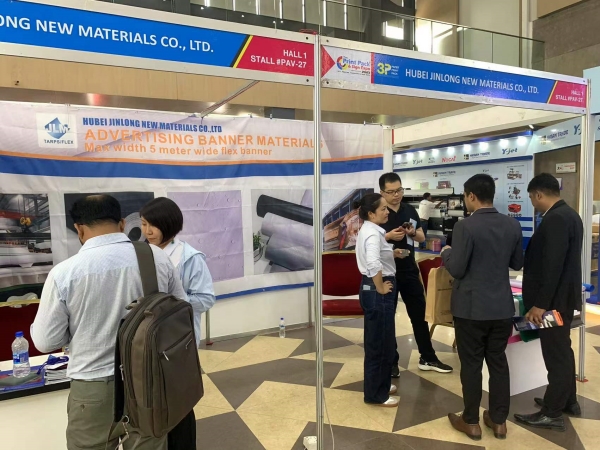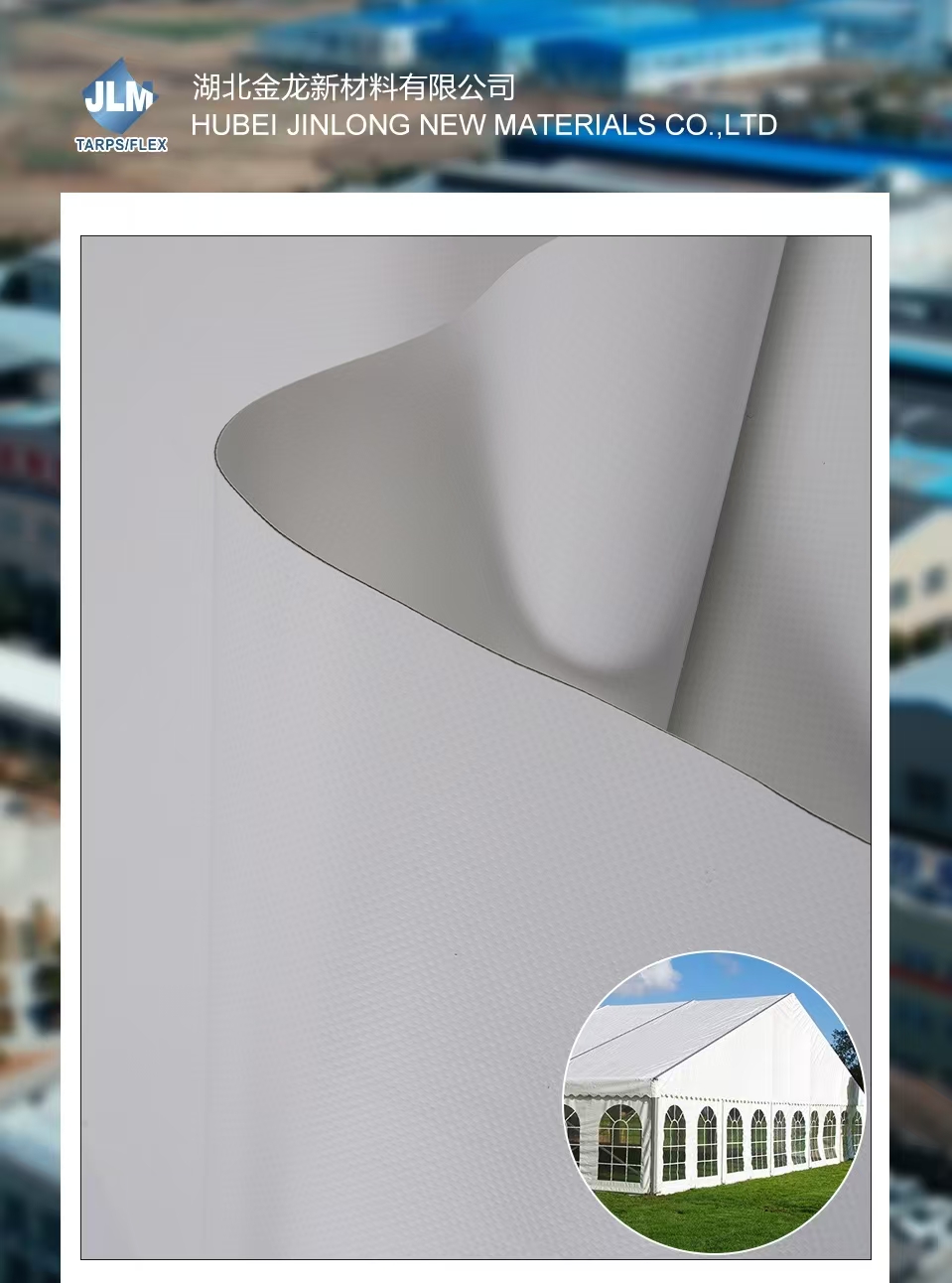While pillow water tanks offer many benefits such as flexibility, portability, and ease of installation, there are several potential limitations and challenges associated with their use. Here are some of the key considerations:
1. Durability and Longevity
Material Wear and Tear: The materials used in pillow water tanks, though durable, can wear out over time due to UV exposure, chemical reactions, or physical abrasion.Punctures and Leaks: These tanks are susceptible to punctures or tears, especially if placed on rough or sharp surfaces.
2. Environmental Sensitivity
UV Degradation: Prolonged exposure to direct sunlight can degrade the tank material if it is not UV-resistant.Temperature Extremes: Extreme hot or cold temperatures can affect the tank's material, potentially causing it to become brittle or more prone to damage.
3. Support and Placement
Site Preparation: The ground where the tank is placed needs to be smooth, clean, and free of sharp objects to prevent damage. This can require significant preparation in some environments.
Level Surface: Ensuring the tank is placed on a level surface is crucial to avoid uneven stress and potential leaks.
4. Water Quality Maintenance
Contamination Risk: Keeping the stored water free from contaminants such as bacteria, algae, and debris requires diligent maintenance and regular cleaning.Chemical Reactions: Certain chemicals in the water might react with the tank material, potentially leading to contamination or material degradation.
5. Handling and Transportation
Heavy When Filled: When filled with water, the tanks can be very heavy and challenging to move without proper equipment.Careful Handling: Mishandling during transportation can lead to damage. The tanks need to be properly supported and protected from sharp objects.
6. Capacity Limitations
Size Restrictions: There are practical limits to the size of pillow tanks, especially for portable applications. Very large tanks can be difficult to handle and transport.Volume Fluctuations: Changes in water volume can affect the shape and stability of the tank, which might require constant monitoring and adjustments.
7. Regulatory and Safety Compliance
Regulatory Approvals: Depending on the use case, pillow tanks may need to comply with specific regulations, such as those for potable water storage or environmental safety.Safety Precautions: Ensuring the tank is properly secured and maintained to prevent accidental spills or leaks is critical, especially in sensitive environments.

8. Cost and Economic Considerations
Initial Cost: While often more cost-effective than permanent tanks, the initial purchase cost can still be significant, especially for high-capacity or specialized tanks.Maintenance Costs: Regular maintenance, including cleaning, inspections, and repairs, can add to the overall cost of using pillow water tanks.
9. Structural Stability
Flexibility Issues: While flexibility is a benefit, it can also be a drawback. The tank’s flexible nature means it can change shape, which might be an issue in some applications requiring rigid storage solutions.
Support Structures: In some cases, additional support structures might be needed to maintain the shape and integrity of the tank, adding to complexity and cost.
Pillow water tanks are a versatile and useful solution for temporary and portable water storage needs, but they come with potential limitations and challenges. Addressing issues related to durability, environmental sensitivity, site preparation, water quality maintenance, handling, capacity limitations, regulatory compliance, cost, and structural
stability is crucial for effective and safe use. Understanding these challenges can help in making informed decisions about when and how to use pillow water tanks most effectively.


 English
English русский
русский Français
Français Español
Español




















